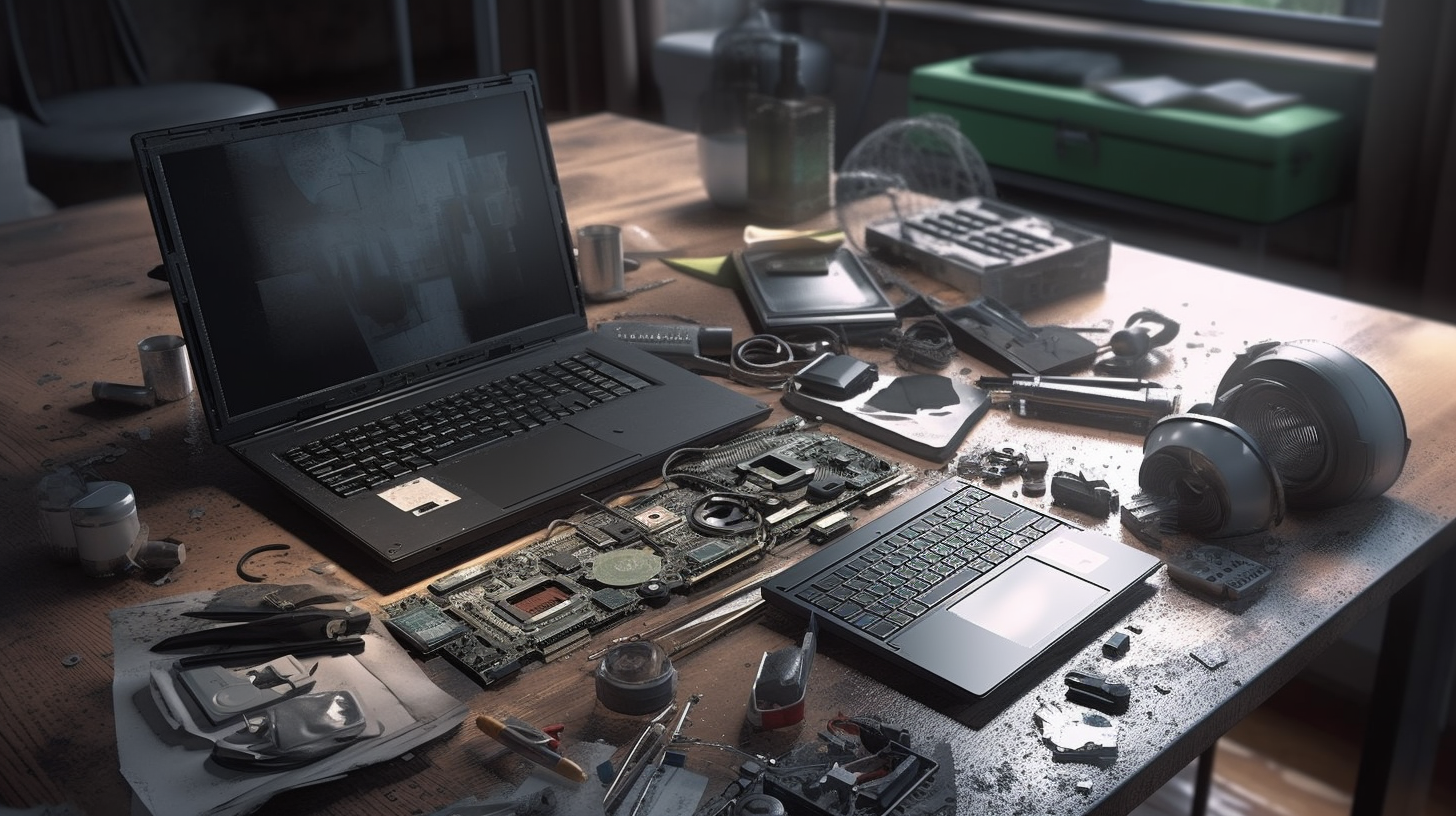Conquering CompTIA A+ Core 1 (220-1101): A Deep Dive into Installing and Configuring Laptop Hardware and Components

Hey there, tech enthusiasts! Are you prepared to dive head-first, get your hands dirty, and delve into the electrifying world of laptop hardware configuration and installation? Perfect! That's precisely the topic we’re tackling today. We're tackling a whopping topic from the CompTIA A+ Core 1 (220-1101) exam - installing and configuring laptop hardware and components. This topic might intimidate you, right? Well, don't let it give you jitters! We're poised to dissect this topic step by step and equip you with the crucial knowledge you need to ace the test.
Getting to grips with the Basics
It's indispensable to grasp some fundamental terms and concepts before we plunge in. Whee! Onto the theory train we go! Understanding hardware components like the CPU, RAM, hard drive, and peripherals forms the basis of laptop installation and configuration. It's not merely assembling pieces of a puzzle together; it's an art necessitating precision, dedication, and an ample dose of technical expertise. Consider this the digital version of a jigsaw puzzle where every piece critically contributes to the whole's functioning.
Academic Exposition
Academics, particularly in computer science and information technology, regard installing and configuring laptop hardware and components as an essential skill. It involves careful analysis, planning, and the correct implementation of technical knowledge to ensure the laptop’s capabilities are optimized to the user's needs. The process of information processing kicks off with the CPU, the brain of the computer. The central processing unit (CPU) collaborates with the Random Access Memory (RAM) in data storage and retrieval. A careful configuration of the hard drive for long-term data storage can notably ramp up your laptop's performance. You must correctly install and configure additional components such as the keyboard, mouse, monitor, and printer to ensure your laptop functions efficiently.
The Statistical Side of the Coin
Now, let's switch gears for a bit, and get into some nerdy numbers! According to CompTIA's stats, only 30% of test-takers secure a perfect score in the 'Installing and Configuring Laptop Hardware and Components' section of CompTIA A+ Core 1 (220-1101) exam on their first attempt. Shocking, right? But hey, don't let this deter you! This only emphasizes the importance of sufficient preparation and deep understanding of this topic. Furthermore, Pew Research Center’s studies indicate that nearly 3 out of 4 American adults, which is 74%, own a laptop or desktop computer. This highlights the pressing need for skilled technicians who can efficiently handle laptop hardware and components. After all, someone's gotta keep these machines up and running!
The Nuts and Bolts: Installation Procedures
Pour yourself a cup of patience, partner, 'cause we're about to embark on some serious how-to territory. Installation starts with understanding the laptop’s layout and identifying where each component goes. You surely don't aspire to be the tech whiz who accidentally plugged a RAM chip into a USB port! You will then need to install the CPU first, then the RAM, and finally, the hard drive. These are your principal components. To make this process as smooth as silk, always refer to the user manual whenever in doubt. It’s a lifesaver, trust me on that!
Wrapping it up
To wrap it all up, installing and configuring laptop hardware and components is indeed a tricky topic but, with the right preparation, it can be mastered. Remember, the CompTIA A+ Core 1 (220-1101) exam is not only about theoretical understanding but also practical application. So, roll up those sleeves, dive into the technical landscape, get familiar with those nuts and bolts, and you'll be acing this test in no time. Happy studying, tech-ninjas!